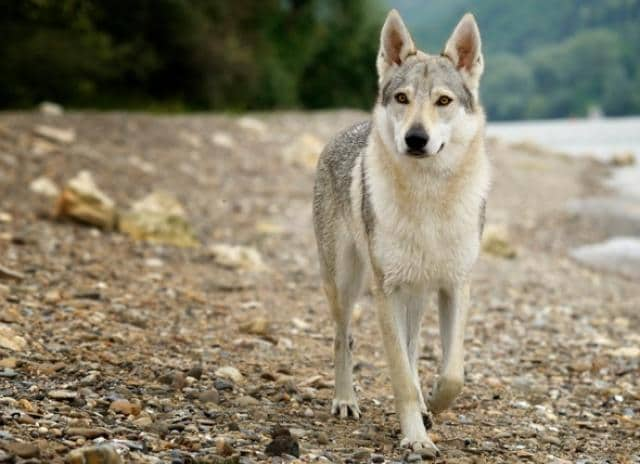
Through DNA analysis they have been able to establish that the ancestor of the dog is the wolf. Wolf dogs can be described as High Mid or Low wolf-content depending on how much wolf is passed on to them.
Wolves and dogs share 999 of their DNA.
How are wolves and dogs similar. Both dogs and wolves show similar displays when greeting being friendly or when aggressive. Wolves seldom lick others faces but dogs will be happy to lick peoples faces. They both have the ability to hunt prey using their senses.
All dogs are incredibly similar with the slight difference meaning that those dogs breeds that are more wolf-like sharing more genetic material with the wolf. Physical Differences The bottom line is that this genetic difference does have an impact. Wolves and dogs belong to the same genus Canis although they are different species Canis lupus for the wolf and Canis domesticus for the dog.
DNA evidence has shown that domestic dogs trace their ancestry to wolves although some. Wolves and dogs are very closely related. In fact DNA analysis cannot tell a wolf from a dog.
They were probably domesticated when humans left their hunter gatherer lifestyle and turned to agriculture. Scientific work is continuing to. Now the question is are dogs and wolves the same species.
Well the answer is no. Wolves belong to the species Canis lupus while dog belongs to the species Canis familiaris. But scientists have been able to draw a line between wolves and dogs.
Through DNA analysis they have been able to establish that the ancestor of the dog is the wolf. Dogs are less fearful and more playful than their wolf cousins. Wolves have yellow eyes whereas dogs more commonly have brown or blue eyes.
Wolves are built to run with narrow chests and long legs whereas the domestic dog tends to be wider and stockier. Dogs tend to be less mentally mature than a wolf of similar age. Wolves and dogs may be amazingly similar in their genetics however they are clearly genetically distinct populations eg.
VanHoldt et al 2011. Principal component analysis of all wolf-like canids for the 48K SNP data set. PC1 represents a wild versus domestic canid axis whereas PC2 separates wolves n198 and dogs n912 from coyotes n.
Wolves and dogs share 999 of their DNA. Technically still the same species they can also produce healthy offspring. But having said that theres no denying the physical difference between wolves and dog breeds such as chihuahuas and dachshunds.
By comparing the DNA of the Japanese wolf with the DNA of other wolves and dogs and species such as foxes the researchers found that it resides on a unique evolutionary branch of wolvesone. Wolf dogs can be described as High Mid or Low wolf-content depending on how much wolf is passed on to them. Some of the breeds in this list haze zero wolf content like the Husky or Malamute but share similar markings.
